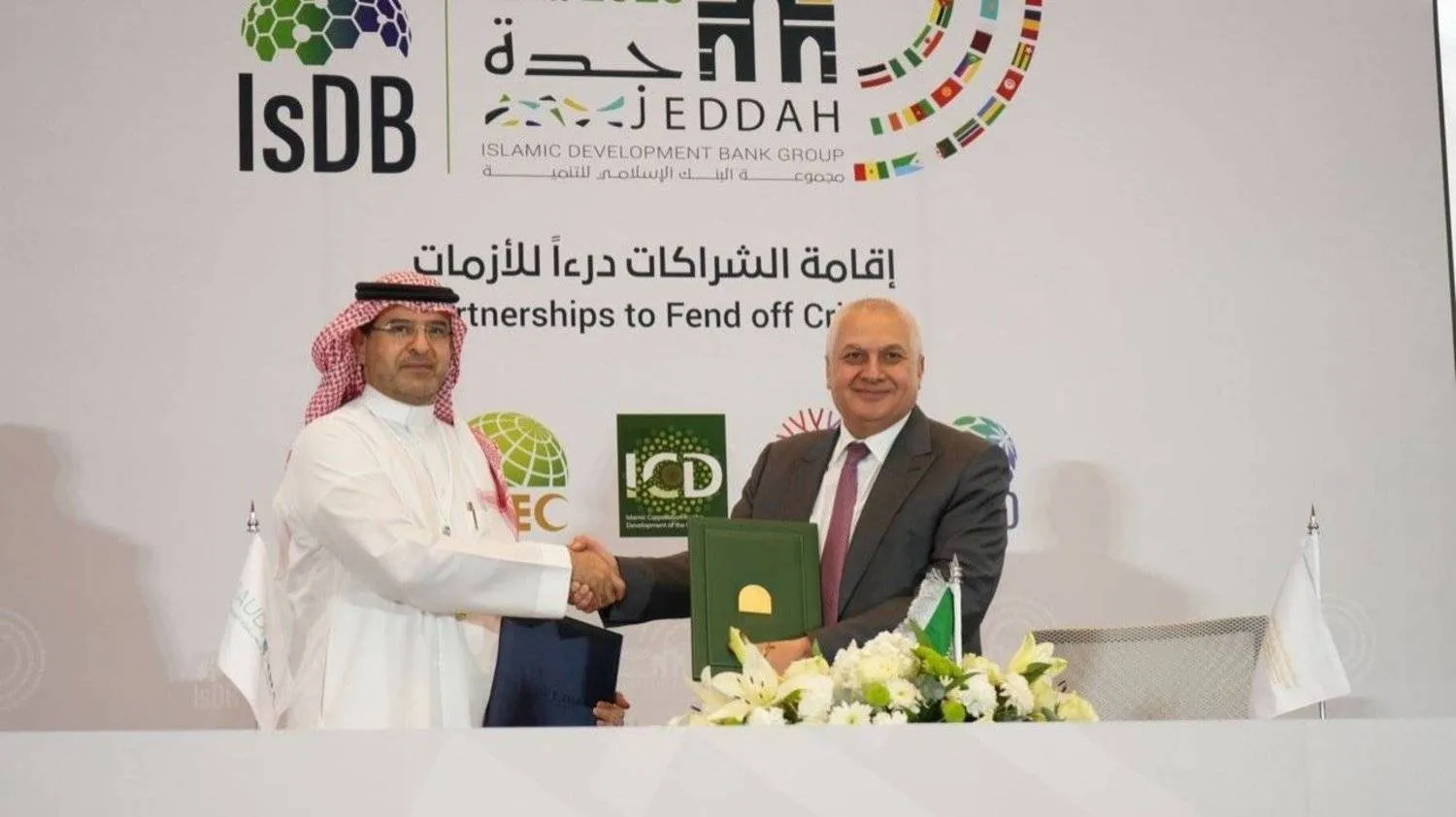Saudi Arabia topped the list of countries benefiting from the services of the Islamic Corporation for the Insurance of Investment and Export Credit (ICIEC), a Shariah-compliant multilateral insurer and member of the Islamic Development Bank (IsDB) Group.
Until the end of 2022, the volume of coverage of exporters, importers, investors, and banks amounted to about $11 billion.
CEO of the ICIEC Oussama al- Kaissi indicated that since its establishment in 1994, the Corporation has insured exports, imports, and investments exceeding $99 billion to benefit beneficiaries in the member states.
Saudi Arabia accounted for 11 percent of funding, of which $7 billion was provided to Saudi exporters and about $4 billion for Saudi importers, benefitting 2,650 companies.
The volume of coverage for Saudi investors outside the Kingdom amounted to about $240 million.
Kaissi detailed the operations covered by the ICIEC, including $5.7 billion in oil, gas, and petrochemical, $1.8 billion in mining, $1.2 billion in plastics, packaging, and paper, $1.2 billion in fertilizers, chemicals, and medicines, $422 million for the construction materials, and $142 million for the food industry.
Regarding the coverage of the Saudi imports, he said that the Corporation covered imports worth $4 billion in oil, gas, energy, and petrochemicals, including $1 billion in iron and $537 million in plastic, packaging, and paper.
He added that ICIEC provided reinsurance service for the Riyadh Metro project with a coverage of $306 million. It is the largest transport project in the world with a length of 170 km and a vital project that improves the quality of life as one of the Vision 2030 targets.
It helps the environment through clean energy in train stations and reducing carbon emissions by providing 400 thousand liters daily, improving traffic, and creating 300,000 jobs.
The ICIEC cooperates with public sector institutions in Saudi Arabia to provide the necessary solutions to Saudi exporters, investors, and foreign investments in the Kingdom.
It seeks to provide solutions and initiatives that will contribute to achieving the objectives of Vision 2030 by increasing Saudi exports, encouraging Saudi investment in member states, and attracting foreign investment to the Kingdom.
Kaisi highlighted the important outcomes of the Islamic Development Bank meeting in Jeddah, which stressed the need to establish a flexible infrastructure to form the required partnership between the private and public sectors to be adaptable to shocks.
He asserted the need for cooperation and synergy between institutions to promote common goals towards addressing climate change, food security, and the main challenges that hinder financing and development institutions.
The outcomes include innovation in providing financial solutions and increased support for small and medium enterprises (SMEs) to grow in the private sector while establishing a dialogue between the public and private sectors to ensure an effective and sustainable impact in creating job opportunities.
They also aim to achieve the goals of Vision 2030 by increasing the contribution of SMEs to the Saudi gross domestic product from 20 to 35 percent by 2030, with the need to promote cross-border investment and trade between the member states of the IsDB.









